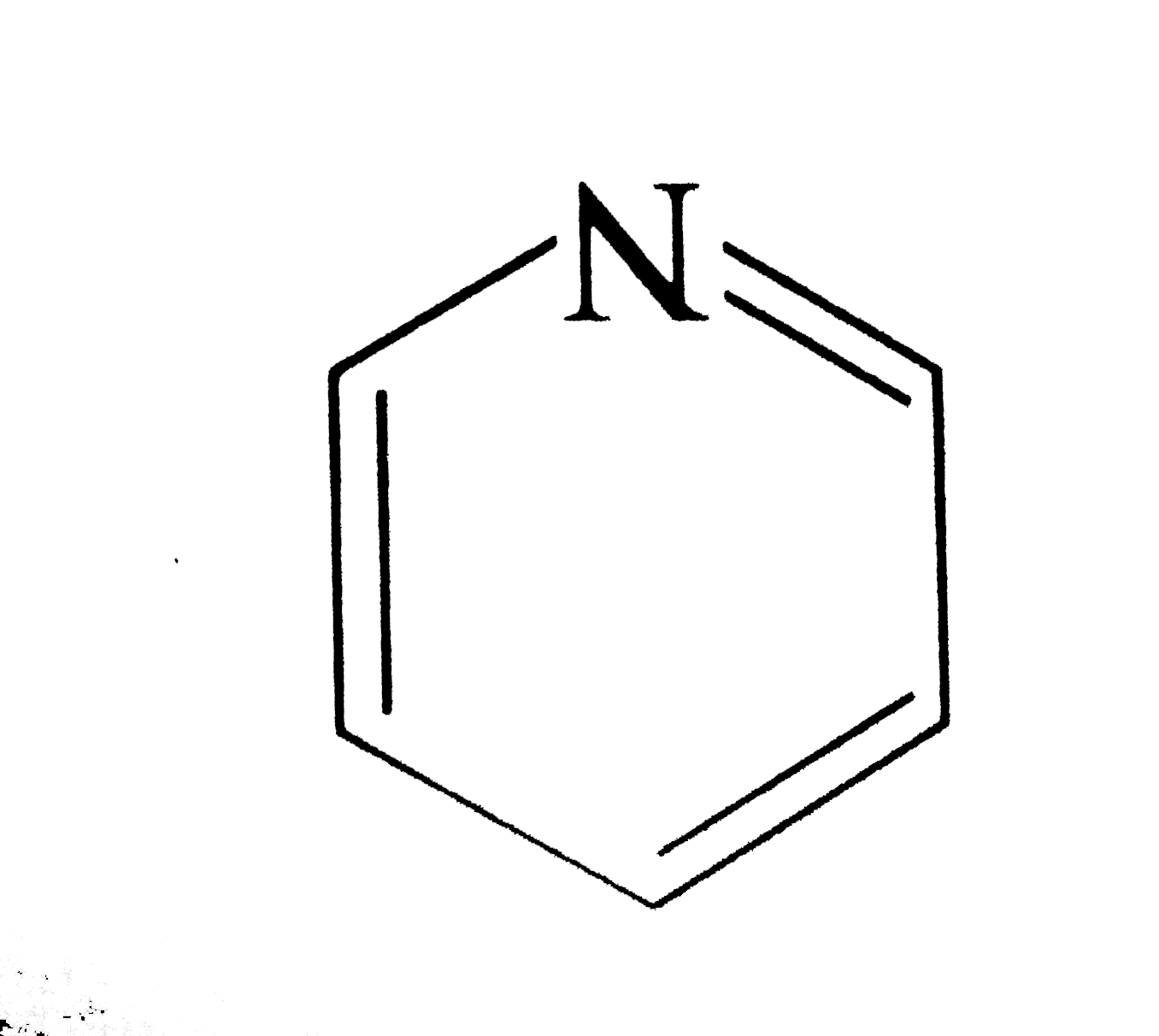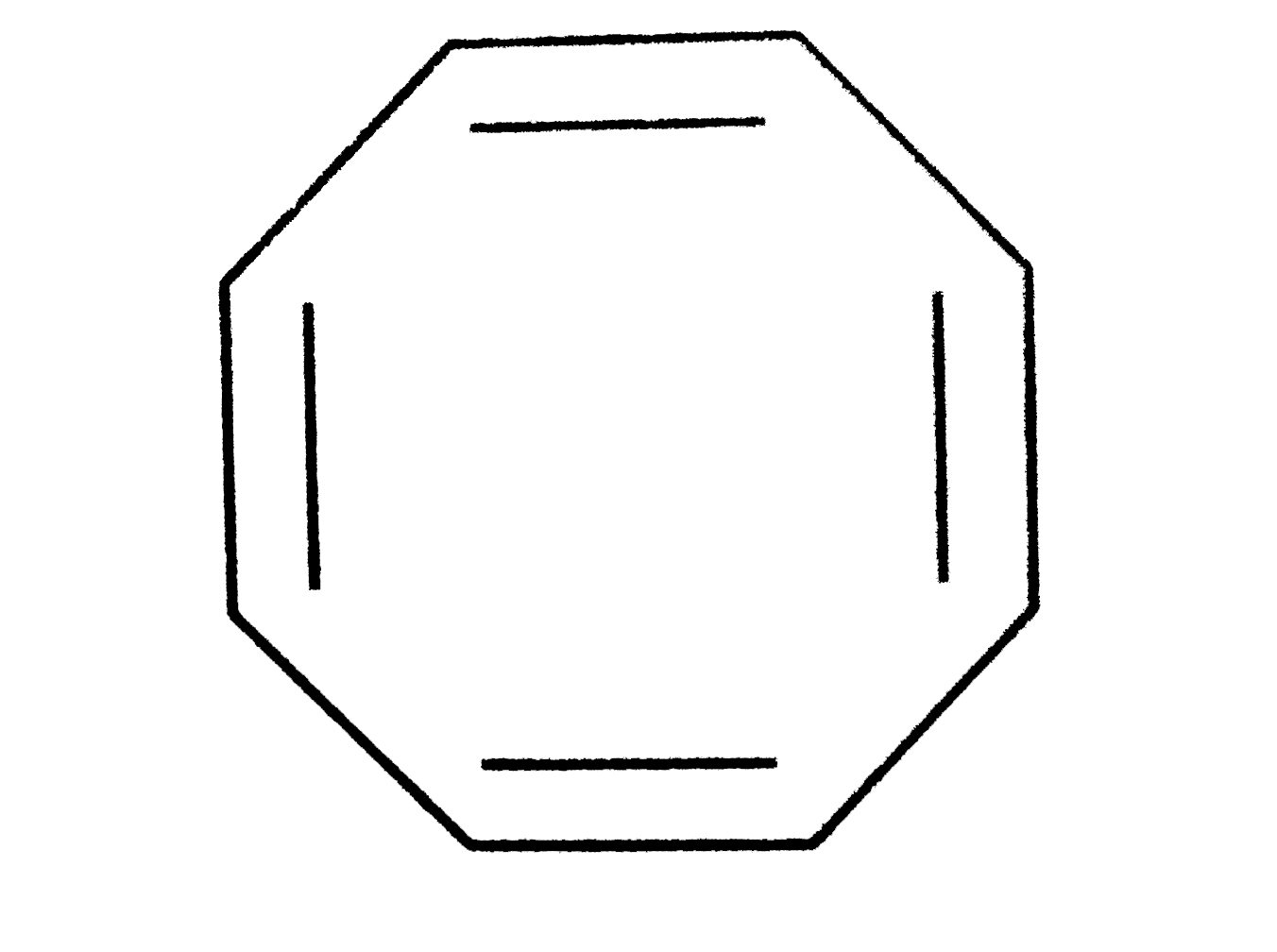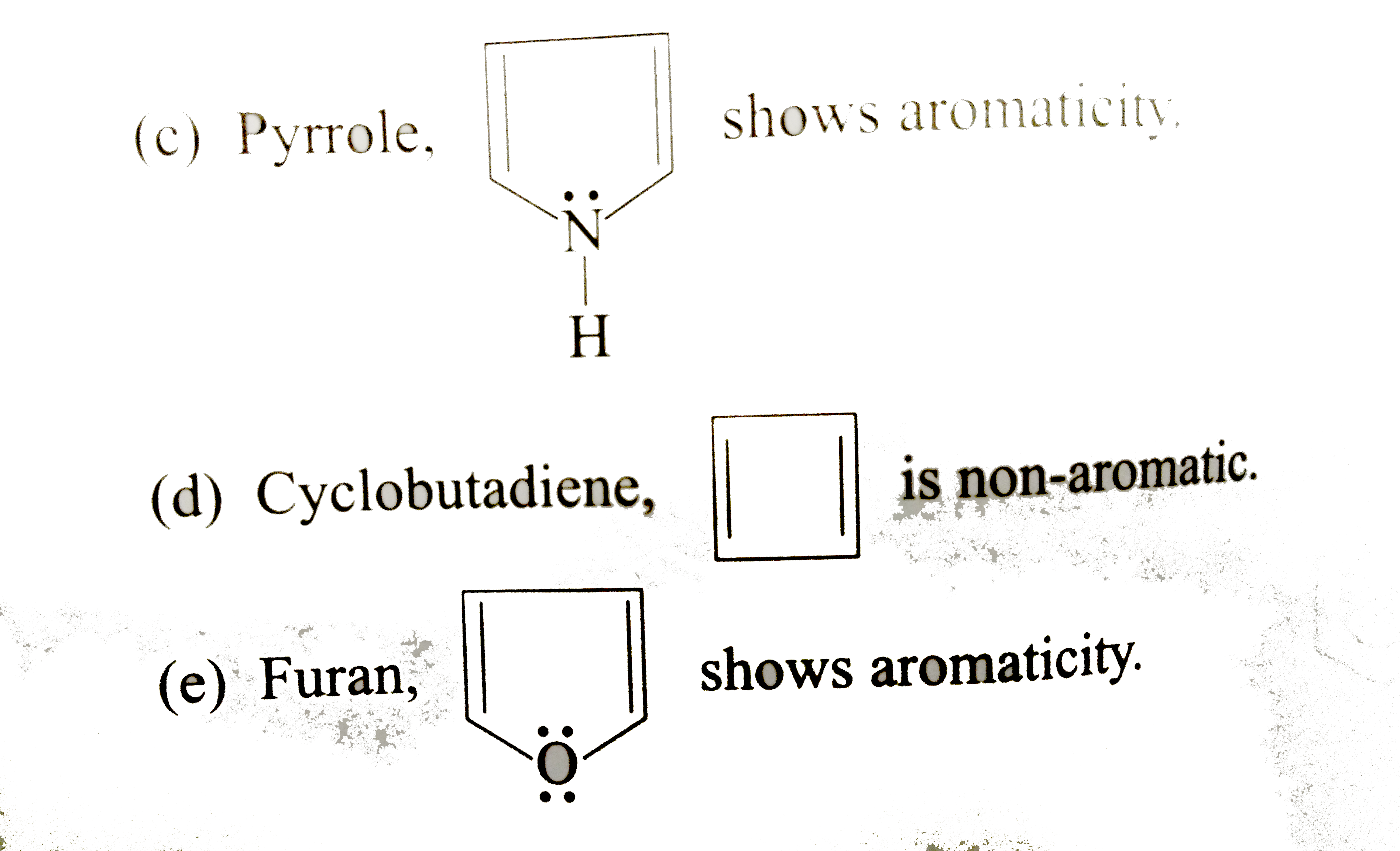Text Solution
Verified by Experts
Topper's Solved these Questions
Similar Questions
Explore conceptually related problems
Knowledge Check
OP TANDON-AROMATIC HYDROCARBONS (ARENES)-EXAMPLES
- Show wheter the following compounds exhibit aromaticity. (a) Pyridin...
Text Solution
|
- Suggest the name of a Lewis acid other than anhydrous aluminium chlori...
Text Solution
|
- Which eylene gives (a) one, (b) two and ( c) three, monochloro derivat...
Text Solution
|
- Arrange the following compounds in order of decreasing reacivity towar...
Text Solution
|
- Why do alkenes prefer to undergo electrophilec addition reaction while...
Text Solution
|
- Ethylbenzene is generally prepared by acetylation of benzene followed ...
Text Solution
|
- Explain the following with proper reasoning : (a) Although benzene ...
Text Solution
|
- (a) Show the formation of the electrophile in the following reactions ...
Text Solution
|
- Give the prencipal monosubstitution products from the following reacti...
Text Solution
|
- Show by an arrow the preferred product of reaction with E^(+) of each ...
Text Solution
|
- Explain the following percentages of meta electrophilic substitutions....
Text Solution
|
- Give the monosubstituon product in the following reactions :
Text Solution
|
- The Wurtz-Fitting reaction may be employed to unite aryl and redicals ...
Text Solution
|
- Predict the product (s) and outling the mechanism for the process when...
Text Solution
|
- Sketch the following transformations : (1) underset("Propylbenzene")...
Text Solution
|
- How will you distinguish between : (i) Ethylbenzene and o-xylene ? (...
Text Solution
|
- Arrange the following in increasing order of dipole moment.
Text Solution
|
- What are (A), (B) and ( C) in the following scheme of reactions ?
Text Solution
|
- What are the oxidation products of the following
Text Solution
|
- Classify the following groups as ortho, para or meta directing when pr...
Text Solution
|



